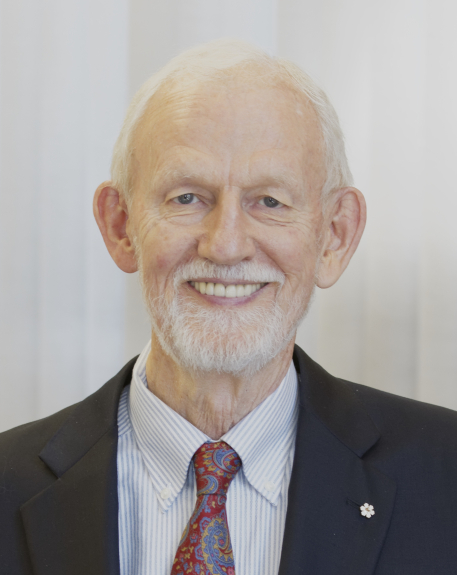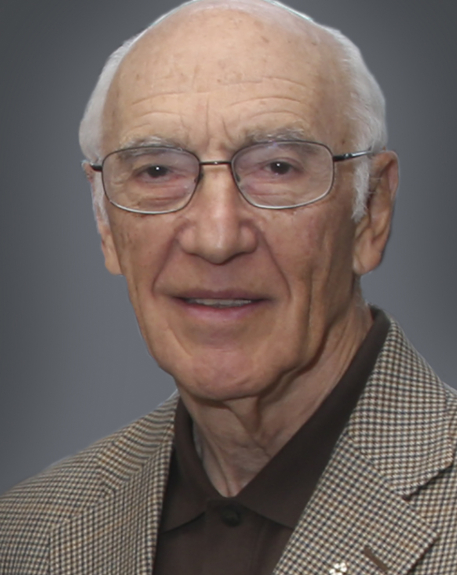1998 INDUCTEE Murray Barr, MD Cells, Genetics & Genomics, Health and Medical Education & Training, The Early Days - Health Care Pioneers
June 20, 1908
(Belmont, Ontario)
May 4, 1995
MD, University of Western Ontario (1933)
MSc, University of Toronto (1938)
1972: Fellow of the Royal Society of London
1968: Officer of the Order of Canada
See All AwardsAwards & Honours:
1972: Fellow of the Royal Society of London
1968: Officer of the Order of Canada
1963: Gairdner Award of Merit
1962: Joseph P. Kennedy Foundation International Award
1959: Flavelle Medal, Royal Society of Canada
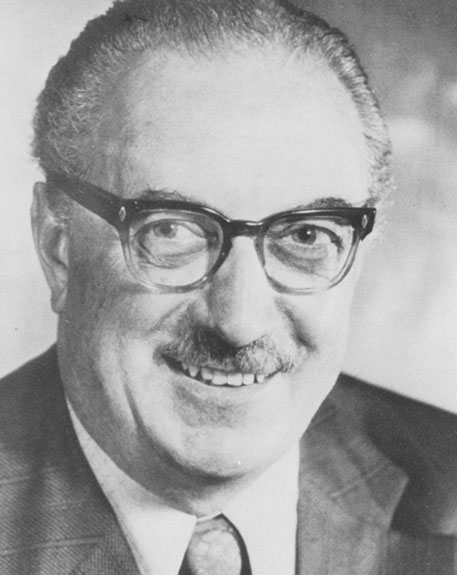
Discovered an important cell structure now known as the Barr body
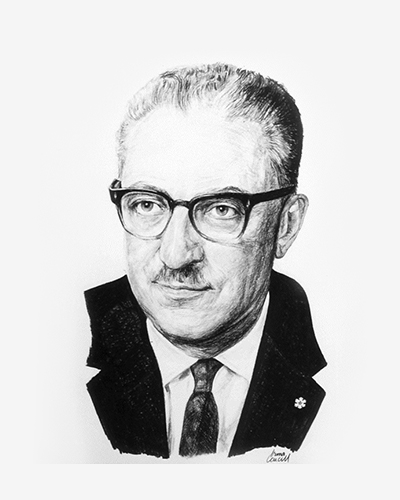
A builder of the field of human cytogenetics
Sometimes, a big discovery comes from a microscopic level. When Drs. Murray Barr and E.G. Bertram published an article in Nature regarding their findings of a sex chromatin body, they inspired a whole new era in research and diagnosis of genetic disorders. This discovery of a dark staining spot in the nucleus of female cells, later referred to as the Barr body, revealed the presence of an inactivated and condensed X chromosome, making it possible for the first time to count X chromosomes in a cell and relate that to abnormal chromosomal states. This was the forerunner of the discipline of genetics, and specifically the field of human cytogenetics focussing on the role of chromosome abnormalities in childhood disease.
Key Facts
Was the first to establish a link between sex chromosome abnormalities and human disease
Was the first to record dark staining bodies (Barr bodies) in the nucleus of female cells and show that they were a manifestation of condensed X chromosomes (sex chromatin) in cells with more than one X chromosome
His textbook, The Human Nervous System, became a worldwide standard for neuroanatomy, and was translated into numerous different languages
Influenced a generation of medical students as a devoted and captivating neuroanatomy professor
Nurtured an interest in the history of medicine and published A Century of Medicine at Western
Awarded seven honorary degrees
Professional timeline
Impact on lives today
Dr. Barr’s investigations recording the number of inactivated X chromosomes (Barr bodies) in normal cells and in cells from children with congenital anomalies led to the discovery of two X chromosomes in males with Klinefelter syndrome and a single X in females with Turner syndrome. Normal males have one X chromosome and females have two X chromosomes, one of which is inactivated. His further development of the buccal smear test, utilizing cells scraped from the inside of the cheek, provided a rapid non-invasive method to screen large numbers of individuals for sex chromosome alterations. This seminal work provided proof of principle for the new field of cytogenetics for diagnosis of chromosome abnormalities in children.
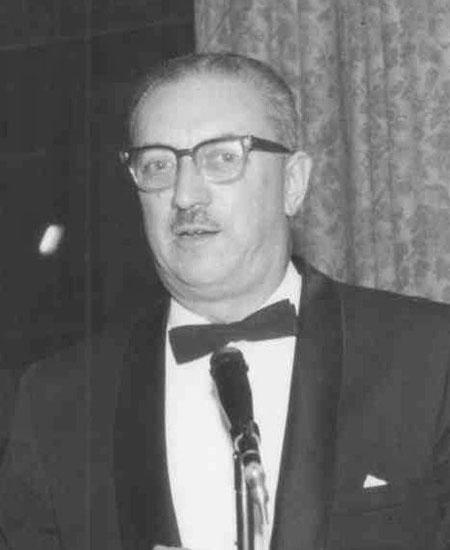
1998
-
Murray Barr posthumously inducted into the Canadian Medical Hall of Fame
Hull, Québec
-
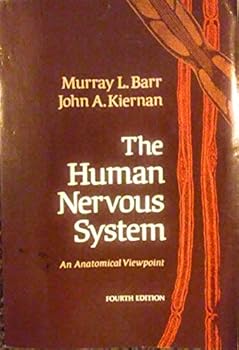
Authored by Dr. Murray Barr, the first edition of "The Human Nervous System" was published
Health and Medical Education & TrainingBy 1983, the textbook was already in its 4th edition.
-
With Dr. K.L. Moore, Dr. Barr developed the buccal smear test, a non-invasive method of gathering human cells from the lining of the mouth for genetic testing
Cells, Genetics & GenomicsIn combination with karyotyping, it allowed scientists to identify individuals with an abnormal number of sex chromosome bodies, furthering diagnosis and treatment of congenital disorders.
-

Drs. Barr and Bertram made a ground-breaking discovery later referred to as the Barr body
Cells, Genetics & GenomicsThey identified a dense mass of chromatin (material containing the genetic code) present only in female nerve cells, and demonstrated its origin as a condensed X chromosome in females with two X chromosomes.
-

Soon after the war, Barr returned to Western University
He remained at Western until his retirement in 1977.
-
Canada went to war, and so did Barr
He served as a distinguished Wing Commander with the Royal Canadian Air Force.
-

Experiencing the challenges of running of medical practice during the Depression, Barr pursued a master’s degree in science
At the University of Toronto, his research focused on the synaptic end-builds of motor neurons.
-

Barr graduated from medical school at the University of Western Ontario
He then sought further training with a general internship at Hamot Hospital in Erie, Pennsylvania.
1933
The legacy of the Barr body and his devotion to teaching live on.
Additional Resources:
- Murray Llewellyn Barr | Biographical Memoirs of Fellows of The Royal Society
- Drs. Murray Barr and E.G. Bertram's article regarding their findings of a sex chromatin body | Published in Nature (Apr 30, 1949)
- Article & Video | Why Genomics? The Value of Genomics to Canada | Genome Canada
- CMHF Laureate biography - Murray Barr

